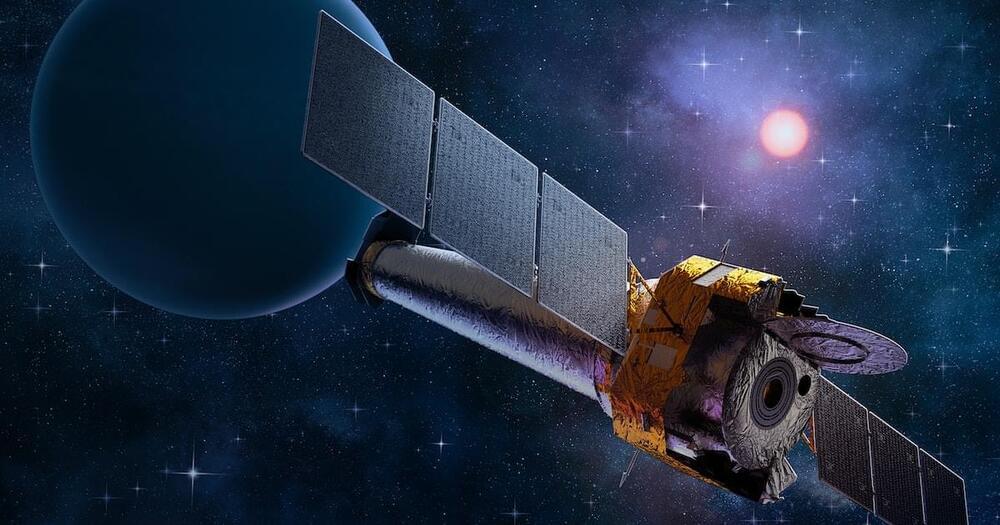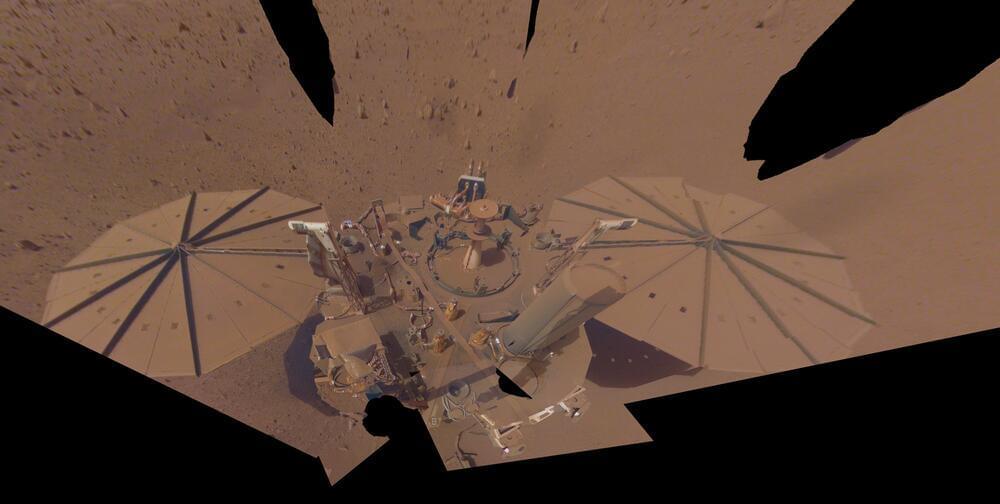Equipmake says it’s got the lightest and most power-dense electric motor on the market, and if there’s one place where weight is critical, it’s on a launch pad. The company has developed an ultra-lightweight motor for Australia’s first rocket launch.
Queensland-based Gilmour Space Technologies is on the home stretch making preparations for the launch of its three-stage Eris orbital launch vehicle next April. It’ll be the first orbital launch attempt of an Australian designed and built rocket, and the company hopes it’ll represent the beginning of a new space launch industry Down Under.
Rather than acting as a supplier to other rocket companies overseas, Gilmour has built its own machine from the ground up. Standing 25 m (82 ft) high, it has a first-stage diameter of 2 m (6.6 ft), and a second-stage diameter of 1.5 m (4.9 ft), and it’s designed to take a payload mass up to 305 kg (672 lb) up as high as 500 km (311 miles) for delivery to sun-synchronous or equatorial orbits.





